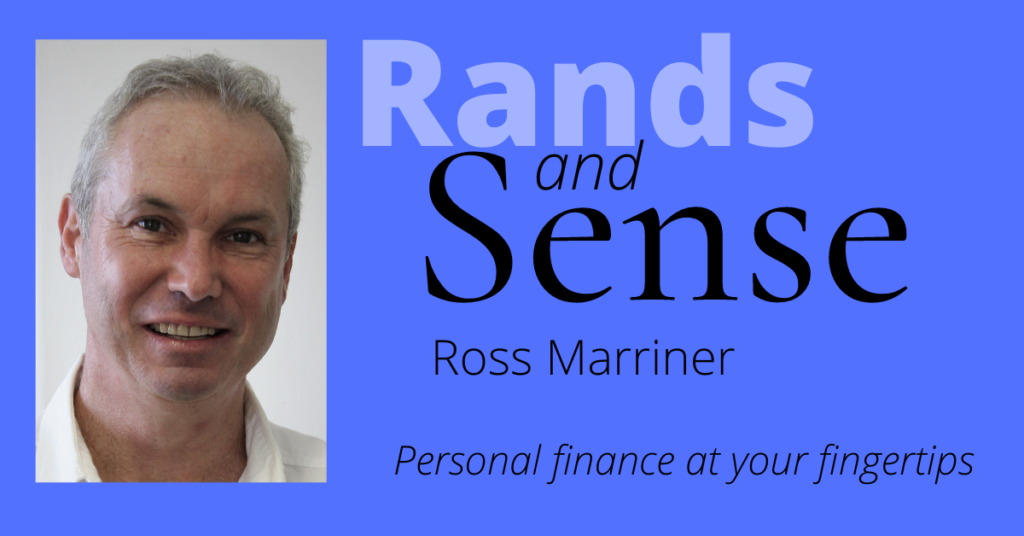Every now and then, the price of a financial asset or commodity rises exponentially to an amount far greater than the intrinsic value of the asset. This rapid growth is often followed by a dramatic decrease in value, or a contraction, often referred to as a “crash” or a ” burst bubble.”
It is difficult to determine with certainty whether the rising price of an asset or commodity is actually associated with a bubble or if it is a true reflection of the value of the asset. For example, some investment professionals describe the current cryptocurrency phenomenon as having the characteristics of a potential bubble. Others believe that cryptocurrencies are here to stay and the price of Bitcoin and other cryptocurrencies will continue to increase over time.
One of the first known irrational “bubbles” was the Dutch Tulip bubble. During the early 1630s, tulip prices soared before losing more than 99% of their value by the end of the decade. At the peak of the bubble, some tulip bulbs were worth more than their weight in gold or even the purchase price of a small house.
In the 1720s there was the so-called South Sea Bubble. The South Sea Company was established to trade with the Spanish colonies of South America. Speculators invested in shares in the new company on the promise of unimaginable riches, only for the share price to collapse a few months later, with dire economic consequences.
More recently, in the 1980s the price of shares and property in Japan rose to such an extent that the value of the Imperial Palace grounds in Tokyo was worth more than the entire value of all the real estate in the state of California. The bubble burst in the early 1990s, resulting in years of price deflation and stagnant economic growth in Japan.
Probably the most dramatic burst bubble of all time was the “Dotcom bubble” which happened in the early 1990s. The concept of the Internet was in its infancy and this triggered a massive wave of speculation amongst investors who purchased shares in businesses associated in any way with the Internet. As a result, many internet companies were valued at billions of dollars as soon as they went public. After rising dramatically, the shares of most of these companies plunged, resulting in a recession in the US.
During the 2000s house prices in the United States rose steeply on the back of cheap mortgage loans. After peaking in mid-2005, US housing prices then plummeted, resulting in the average US house owner losing one-third of the value of his or her property by the end of the decade.
Every bubble is different but one common element is that investors tend to ignore all the telltale signs associated with an unrealistic investment. They forget the age-old warning that an investment that seems too good to be true, usually is
You should always consult with an experienced certified financial planner before investing in what appears to be an amazing investment opportunity.
Rands and Sense is a monthly column, written by Ross Marriner, a Certified FInancial Planner® with PSG Wealth. His Financial Planning Office number is 046 622 2891


